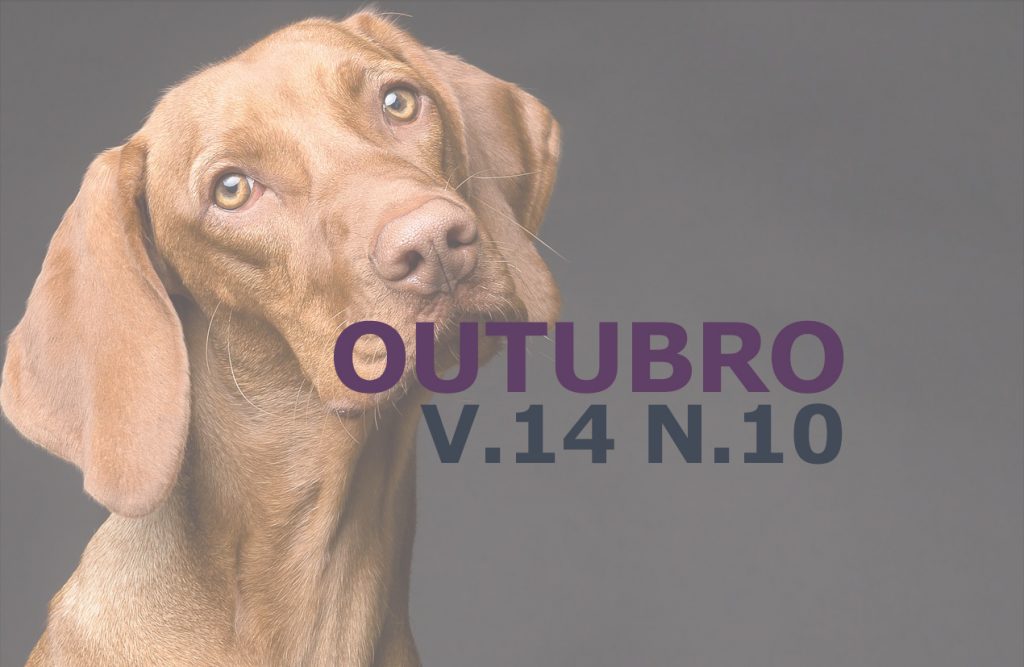Isolation and identification of microorganisms causing clinical mastitis using AccuMast® plate
DOI:
https://doi.org/10.31533/pubvet.v14n10a676.1-10Keywords:
pathogens, cattle, microbiology, milk, public healthAbstract
In the current world agricultural scenario, Brazilian dairy farming stands out as an emerging power, due to technological advances and economic importance. Throughout the dairy production chain, these advances are aimed at increasing production and the search for quality, highlighting the importance of studying microbiological cultures, thus enabling identification, growth potential, multiplication and related research on certain microorganisms that cause mastitis in the herd. The objective, therefore, is to show that bacteriological identification using AccuMast® plates enables better decision making in relation to the treatment of clinical mastitis. The work was carried out from January 2018 to October 2019, on a property in the city of Conquista - Minas Gerais, in the Triângulo Mineiro region. All cows with mastitis had their milk collected individually from each roof, and submitted to the black-bottomed mug test process. The samples were inoculated into AccuMast® plates, and the interpretation of the plate result is done by changing the color of the growth of pathogens in the culture medium. All results were evaluated monthly comparing the results with the previous ones. Assessing the reading of the plates and data, it was observed that 46.69% of animals that were diagnosed with clinical mastitis, by the dark-bottomed mug test, did not require treatment with antibiotics, as no pathogenic agent was identified. Furthermore, in the 53.31% of the remaining animals, highly contagious and rapidly disseminating microorganisms causing mastitis were identified, such as Streptococcus galactite, Streptococcus uberis and Staphylococcus aureus. In short, the AccuMast® plate, allows the identification of the pathogenic agent, favoring the appropriate decision making regarding the use or not of treatment, and provides better elaboration of the antimicrobial therapy according to each pathogenic agent.
Downloads
Published
Issue
Section
License
Copyright (c) 2020 Alex Pereira de Melo, Amauri Marcelino de Oliveira, Michel Silva Rabelo, Francielle Aparecida de Sousa, Laryssa Freitas Ribeiro

This work is licensed under a Creative Commons Attribution 4.0 International License.
Você tem o direito de:
Compartilhar — copiar e redistribuir o material em qualquer suporte ou formato
Adaptar — remixar, transformar, e criar a partir do material para qualquer fim, mesmo que comercial.
O licenciante não pode revogar estes direitos desde que você respeite os termos da licença. De acordo com os termos seguintes:
Atribuição
— Você deve dar o crédito apropriado, prover um link para a licença e indicar se mudanças foram feitas. Você deve fazê-lo em qualquer circunstância razoável, mas de nenhuma maneira que sugira que o licenciante apoia você ou o seu uso. Sem restrições adicionais
— Você não pode aplicar termos jurídicos ou medidas de caráter tecnológico que restrinjam legalmente outros de fazerem algo que a licença permita.





